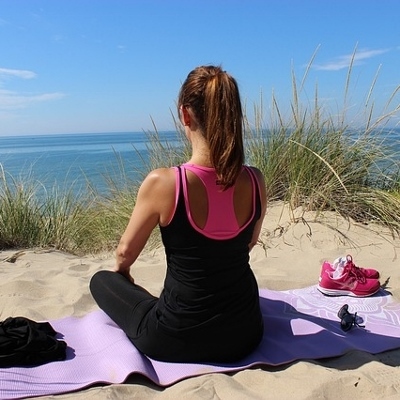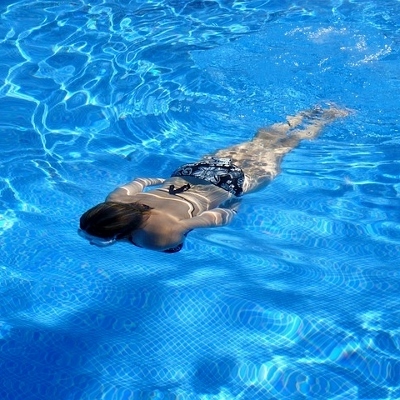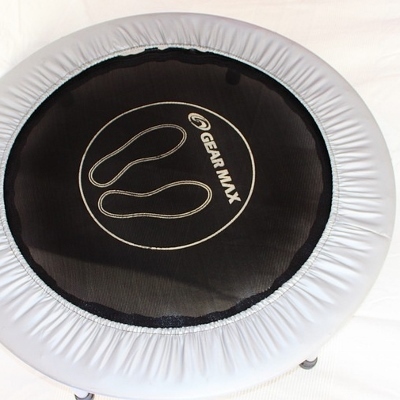 When you’re aiming to increase strength, establishing and sticking to a routine is easiest when it is kept as convenient as possible. For many people, this means that it should be reasonably simple and use minimal amounts of equipment. Moreover, strength training shouldn’t make you quake at the thought of workouts so intense they make you question why you started doing them in the first place.
When you’re aiming to increase strength, establishing and sticking to a routine is easiest when it is kept as convenient as possible. For many people, this means that it should be reasonably simple and use minimal amounts of equipment. Moreover, strength training shouldn’t make you quake at the thought of workouts so intense they make you question why you started doing them in the first place.
Aside from pushups, squats, and lunges, the plank should be one of the first ports of call when you look into simple strength training. A plank differs from “planking†in that it doesn’t involve a photographer. More descriptively known as a “static pushup,” those who are new to strength training or to doing planks can keep their knees on the ground while holding the torso away from the ground in the half-pushup position.
The forearms or hands* rest on the floor, the abdomen is kept tucked in, and the head and spine kept straight. Hold this position for 30 seconds to 1 minute or until you fail to hold the position correctly, rest for up to 1 minute, then do 2 more.
Those who are stronger should adopt the full pushup position (only forearms and toes on the ground), and/or rest the forearms or shins on a stability ball for a bigger challenge. Some ther elements of added difficulty include performing arm or leg lifts (or both!) while performing a plank, and these are just two such examples.
A variant of the plank is the side plank, where the person faces sideways while keeping the torso off the ground and balancing on the left or right forearm and foot (depending on which side they’re facing). The duration a side plank is held is the same as that of a “regular†plank.
Those who are new to side planks can perform the move while keeping one knee on the floor. Like the front plank, you can make a side plank more difficult by incorporating leg lifts as you hold the position.
The reverse plank is rarely discussed. As the term suggests, you face the ceiling while doing this plank. From a seated position on the floor, extend your legs forward while holding your torso up on your forearms or hands, then lift your hips until a straight line spanning your head to heels is formed.
* Balancing on the forearms is more difficult as it requires greater strength due to the difference in leverage.





